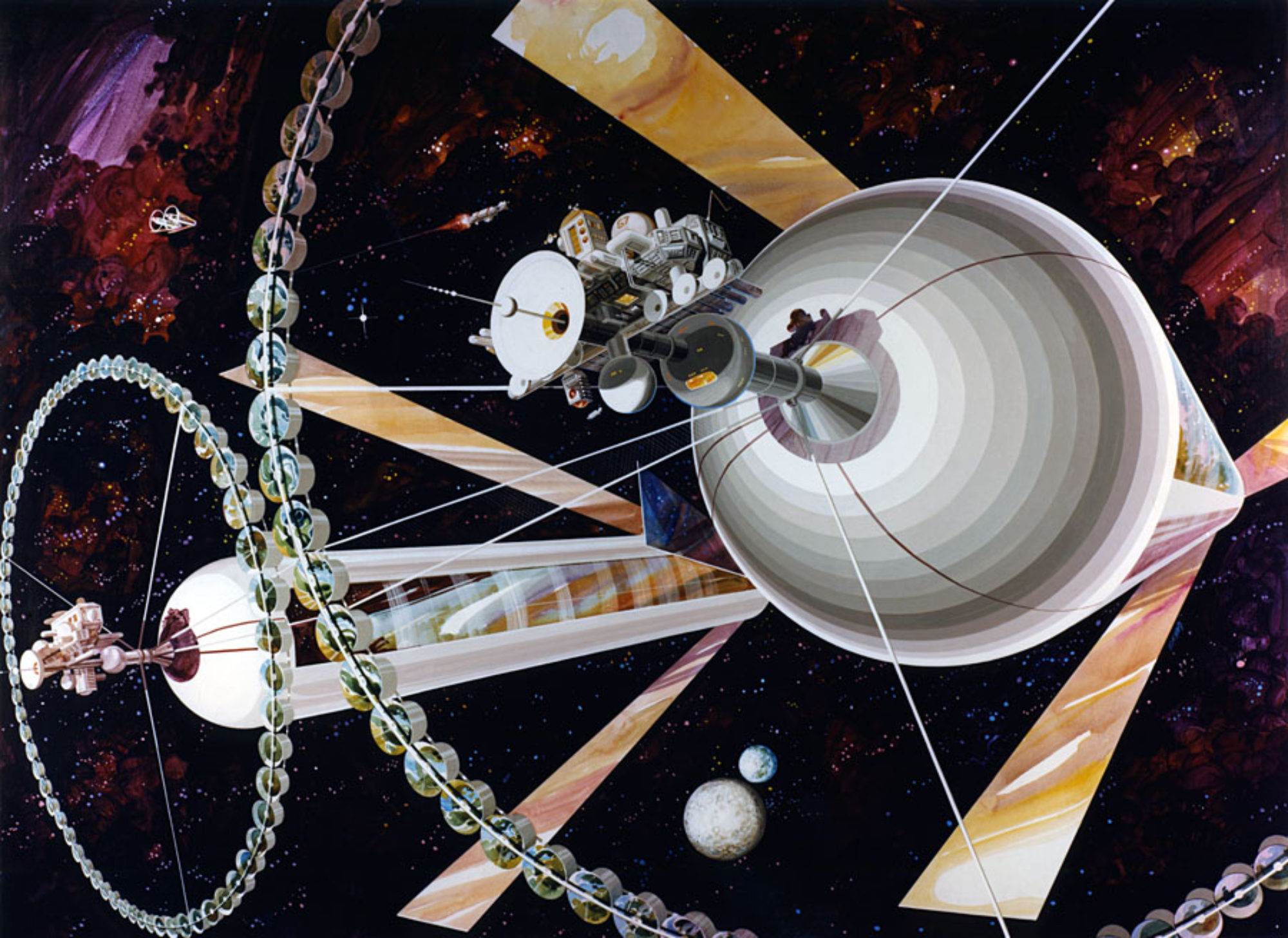If we ever settle Mars, in-situ resource utilization (ISRU) is essential for sustainability of a Martian colony as dependence on Earth for resupply would be too expensive. UC Berkeley and Lawrence Berkeley National Lab chemists are developing a biohybrid system which attaches bacteria to nanowires that when exposed to sunlight and locally available carbon dioxide and water, produce a useful organic compound called acetate. Acetate is a building block for a range of products including fuels, plastics, drugs or even yeast. A byproduct of the chemical reaction is oxygen, which could be used for breathable air. There is even a dual use on Earth for carbon capture.



